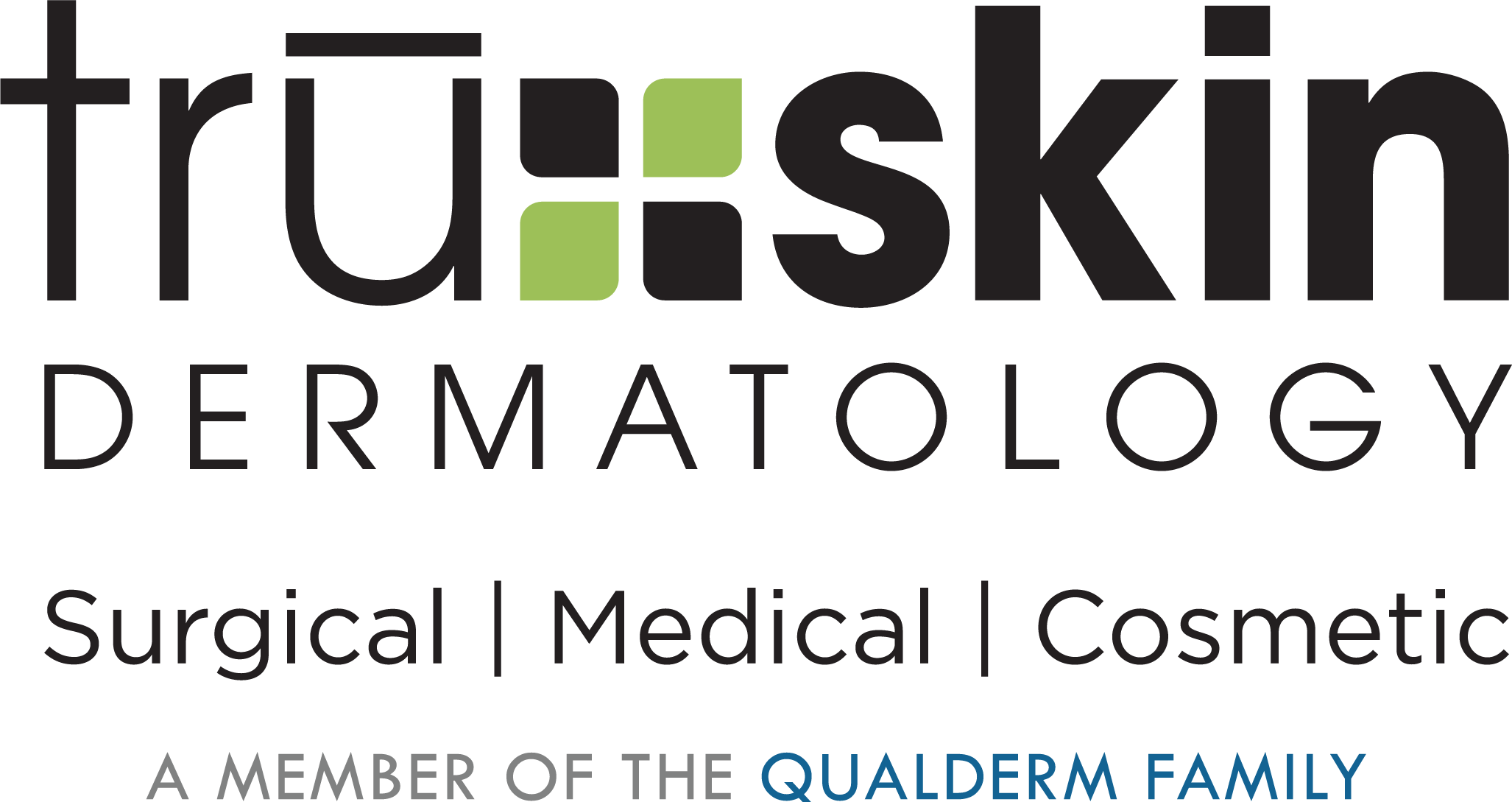May is Skin Cancer Awareness Month, and it’s always a good time to remember that skin cancer is one of the most common forms of cancer in the world, but it’s also one of the most preventable cancers and can be highly treatable when detected early. According to the Skin Cancer Foundation, one in five Americans will develop skin cancer during the course of their lifetime, and around 90% of nonmelanoma skin cancers are associated with exposure to UV radiation from the sun. Also, a person’s risk for developing melanoma, the most deadly form of skin cancer, doubles if he or she has experienced more than five sunburns. I can remember my own childhood was a long procession of sunburns, year after year, as the risks of overexposure to the sun weren’t widely known back in the 1970s, and hardly anyone I knew used sunscreens. I can only recall an SPF 4, and even then we didn’t use it much. It always felt greasy and uncomfortable.
Luckily, there are a wide array of different sunscreens on the market now, with several types of formulations to fit your needs. The Skin Cancer Foundation states that regular daily use of a sunscreen with an SPF of 15 or higher reduces a person’s risk of melanoma by 50%. For extended outdoor activities, they recommend a water-resistant, broad-spectrum sunscreen with an SPF of 30 or higher. Sunscreen should ideally be applied 30 minutes before exposure, and reapplied every two hours or immediately after swimming or excessive sweating. There are several lines of clothing now that are capable of blocking UV rays to a certain degree, and wearing UV-blocking sunglasses and broad-brimmed hats are also great ways to reduce your sun exposure. Avoiding peak exposure times between 10AM and 4PM is recommended, and remember that even in the shade, you are still being exposed to damaging UV rays. These rays can bounce off of surfaces and even penetrate through glass windows, so it’s a good habit to get into to protect your skin year-round, as ultraviolet rays are present even in winter months and even on cloudy, rainy days.
Did you also know that even our four-legged friends are at risk for skin cancer? Short-haired pets and pets with light skin seem to be at higher risk, and areas such as ears, nose, and stomachs can be especially vulnerable. There are several sunscreens specifically formulated for pets that are available, but it is important to note that zinc oxide is toxic to dogs if ingested, so be sure to steer clear of sunscreens containing this ingredient. Providing plenty of shade for outdoor pets is essential as well. Its a good idea to examine your pets on a regular basis for any type of skin lesion or irregularity, just as it is important to do that for ourselves and for our loved ones. Self-examination once a month is a good rule-of-thumb, but a thorough skin examination once a year by a licensed physician should be routine, even if you haven’t noticed any changes. Tru-Skin Dermatology offers free skin cancer screenings throughout the year at our various locations, and we also carry a wide array of quality sunscreens to match your skin and lifestyle. We are always available to answer your questions and provide recommendations for you and your family to ensure that your skin is the healthiest it can be!
Rebecca L Ambrose
Licensed Aesthetician
Tru-Skin Dermatology

